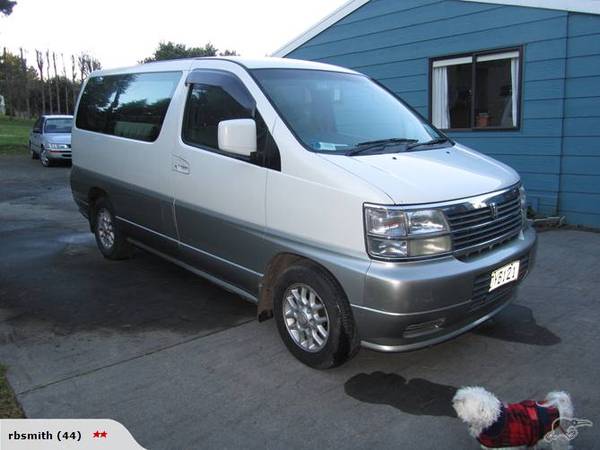You are using an out of date browser. It may not display this or other websites correctly.
You should upgrade or use an alternative browser.
You should upgrade or use an alternative browser.
Interesting article on torque vs horsepower
- Thread starter kiwi f150
- Start date
O'Rattlecan
Redneck Prognosticator
I think that's above my pay grade.
Ryan
Ryan
Truckin4life
Texas Chapter Leader
So... basically, build it how you want just make sure you gear it properly?????
There was alot of math in there, nothing complex. But the base question was never answered... It was skirted around...
There was alot of math in there, nothing complex. But the base question was never answered... It was skirted around...
kiwi f150
kiwi f150
So... basically, build it how you want just make sure you gear it properly?????
There was alot of math in there, nothing complex. But the base question was never answered... It was skirted around...
That was how i saw it too Don - I posted this because i wanted to get you guys opinions as i'm having a rather robust discussion with a friend of mine over what i should do when it comes time to rebuild my 5.0 - he thinks i should ditch it and slot a AU falcon engine in there but i'm leaning more towards a MAF swap and a slight tweak in compression.
The article didn't really answer all my questions either but i think that as far as towing goes larger cubic capacity is the answer unless you introduce turbcharging and/or diesel power - i have a 1997 Nissan Elgrand 3.2 turbocharged intercooled diesel (like this one )producing 147.9 bhp @ 3600 RPM and 246 lb·ft @ 2000 RPM

This thing feels like it can almost out tow my truck!
I'm really interested in what your opinions are on this subject.
Cheers Mark
- Moderator
- #5
In essence, it was an illustration that you build the vehicle to hit the peaks in torque and HP, hp being the rate of torque applied. If you want max torque, for something like towing, but want to be fuel efficient and have the engine last long, you want the torque peak to come at lower rpm. If you want to have maximum HP, you want to have the max torque appear about the same time as the max HP. That means that you have your max rate of torque application apply at the point you will be operating the vehicle, IE, a race motor will have it's max torque at high rpms to have the vehicle go faster, since it is a competition of maximum speed, which is related to maximum turns of the axles, so the HP peak and torque peak should be about the same rpm.
The answer is build the motor per application, based on rpms the vehicle will operate. Torque is actually in both answers... it just depends on when the maximum torque applies compared to the rate the torque is applied.
Torque is the measure of force applied, HP is the measure of how much torque is applied per time unit. Clear as mud?
The answer is build the motor per application, based on rpms the vehicle will operate. Torque is actually in both answers... it just depends on when the maximum torque applies compared to the rate the torque is applied.
Torque is the measure of force applied, HP is the measure of how much torque is applied per time unit. Clear as mud?
Ford Truck Articles
-
Where Are Ford Trucks Made?Have you ever wondered where Ford trucks are made? If you drive a Ford...
- FTF News
- Updated:
-
-
2024 Ford Ranger Raptor vs Ford F-150 Raptor RFord hopes to wow off-road enthusiasts this year. Not only are they...
- FTF News
- Updated:
-
2000 Ford Ranger - A Look Back2000 Ford Ranger: Reliability and Performance Review The 2000 Ford...
- FTF News
- Updated:
-
Ford Ranger Raptor Coming to U.S. in 2023(photo credit: KBB) If you love fast trucks, then you should be...
- FTF News
- Updated:
-
Raptor Bed Liner CoatingsRaptor Bed Liner Review: Unmatched Protection for Your Truck Bed Most...
- FTF News
- Updated:
